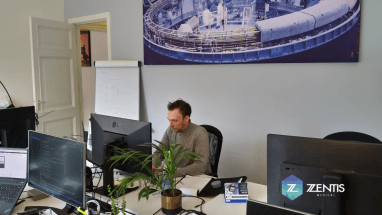Designing for Stress

When you’re developing software for a medical device, you’re not just creating screens, buttons, and workflows, you’re designing for moments that might be the most stressful in someone’s life.
High-pressure environments, like emergency rooms, ambulances, or intensive care units, demand technology that performs flawlessly without hesitation. This is where medical software is tested not only for functionality but for human-centered resilience.
The challenge of desiging for stress
In calm conditions, almost any interface feels intuitive. But under pressure, with alarms sounding and decisions needing to be made in seconds, even a small delay or confusing layout can cost precious time.
Some of the biggest design challenges include:
-
Clarity over complexity – Every label, icon, and menu must be immediately understood
-
Rapid input – Controls must work for gloved or shaky hands
-
Error prevention – Interfaces should guide users away from mistakes, even in chaos
-
Instant feedback – The system must confirm every critical action without delay
Zentis Medical in action, the EVA respiration device
When we developed software for the EVA respiration device, the focus was on speed and clarity. The device had to support medical teams in high-stakes moments where a patient’s life could depend on it.
This meant:
-
Minimizing the number of steps to start treatment
-
Ensuring critical information was visible at a glance
-
Creating an interface that could be navigated intuitively, even by someone unfamiliar with the device
Why this matters
Designing for high-pressure environments doesn’t just make devices more effective, it makes them safer. By embedding human factors engineering into our process, we ensure the device doesn’t add stress, but instead removes it.
At Zentis Medical, our goal is always the same, build technology that fades into the background so healthcare professionals can focus on what really matters, saving lives.
Questions? Please do ask! Contact us at info@zentis.nl



